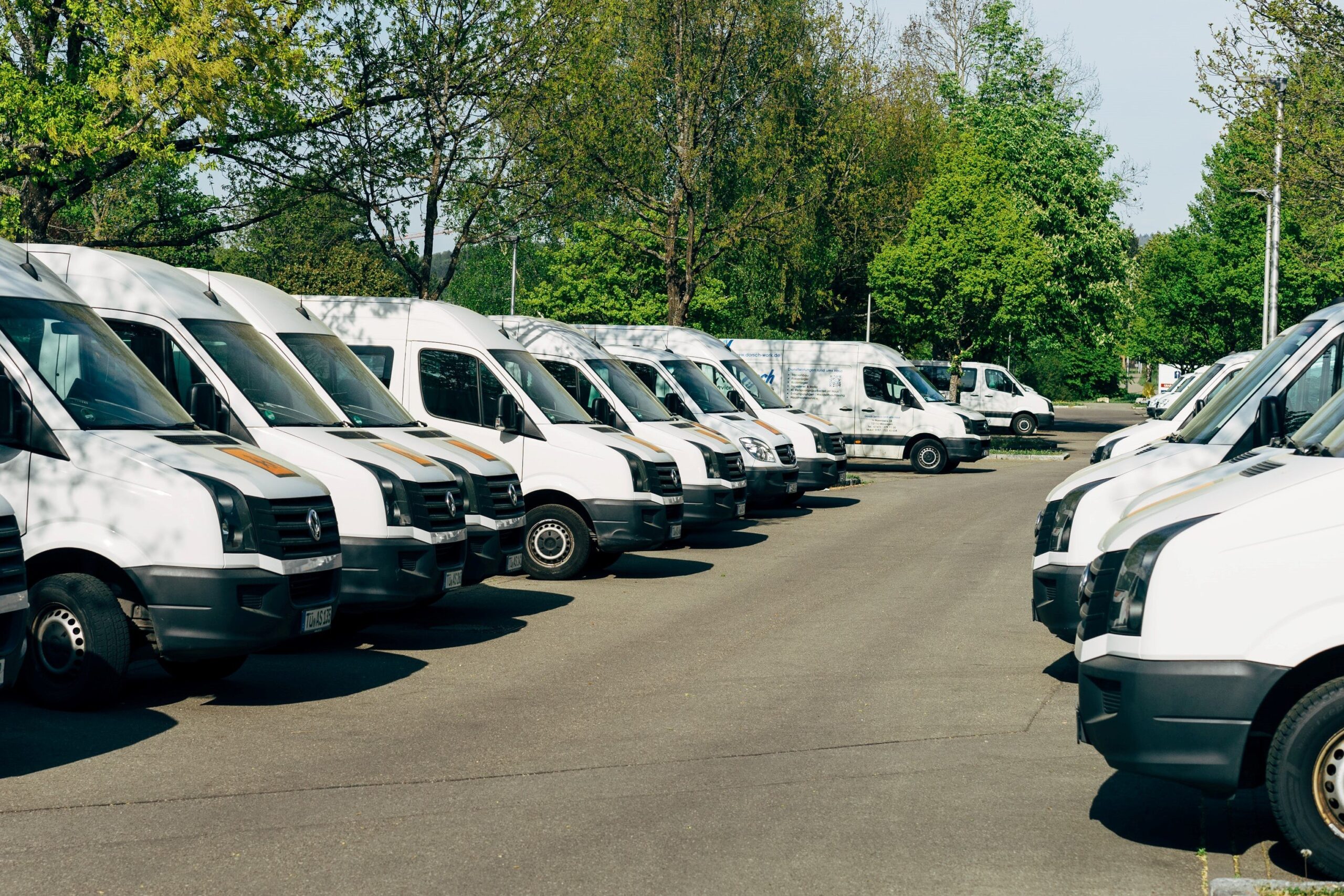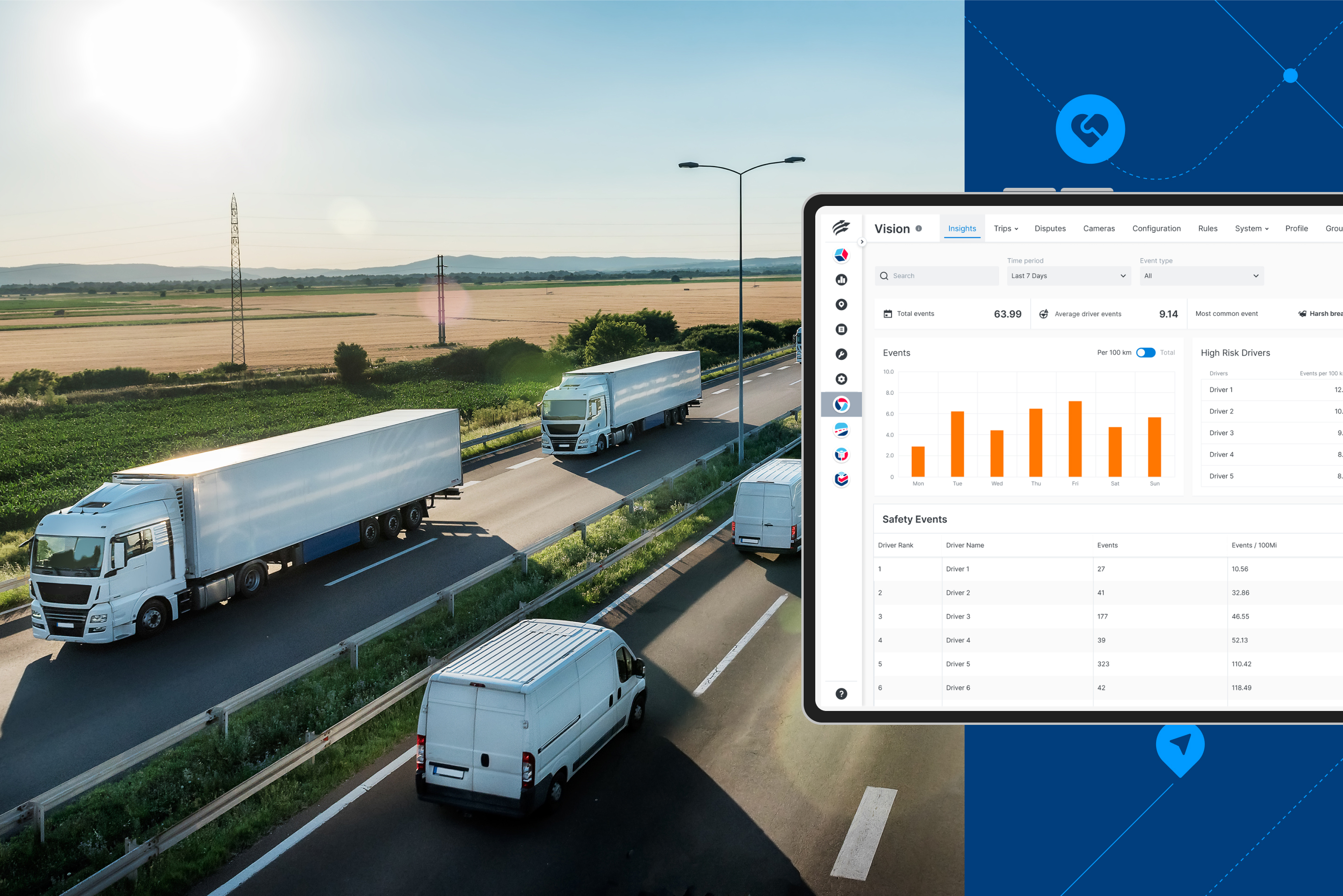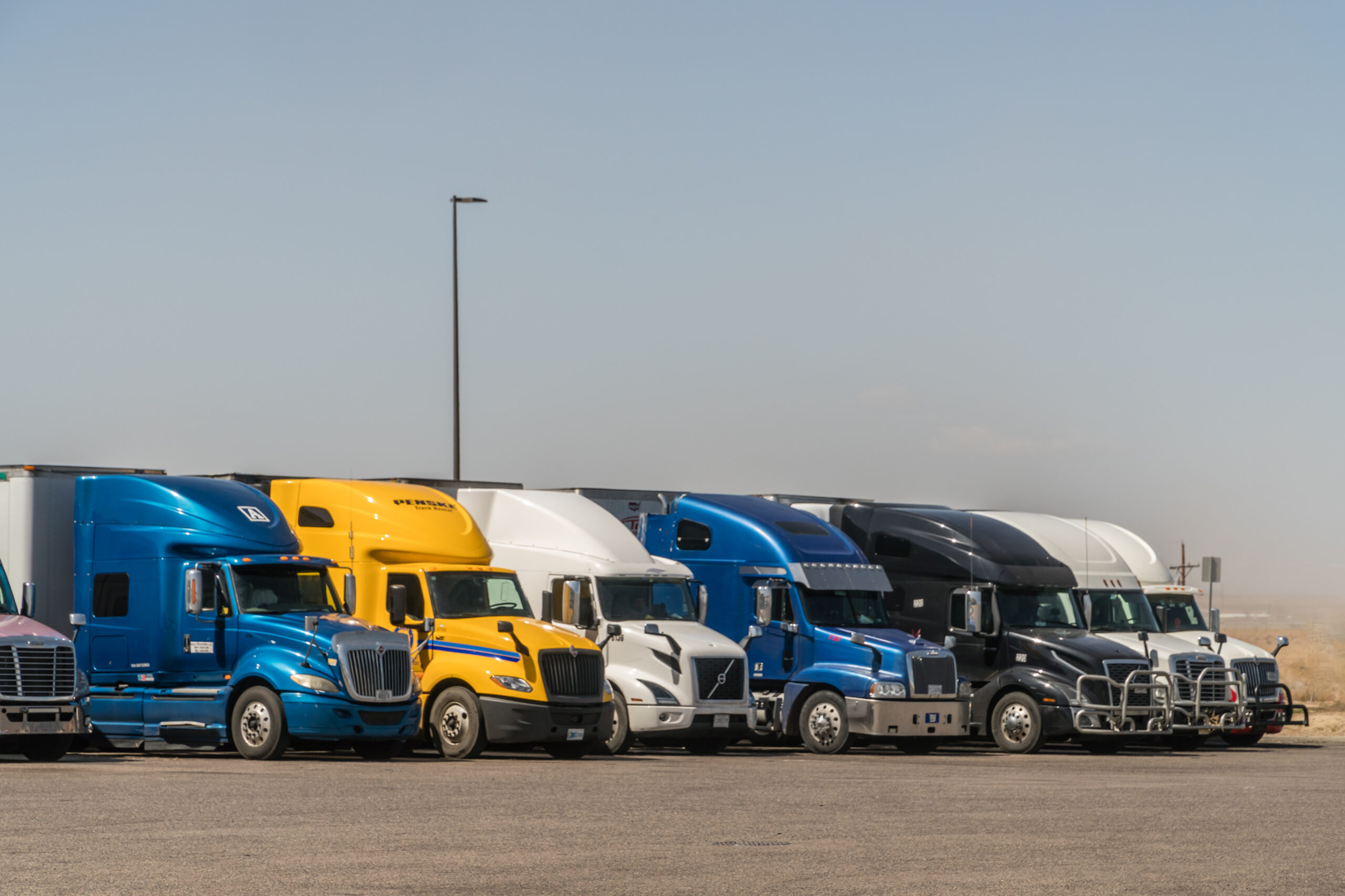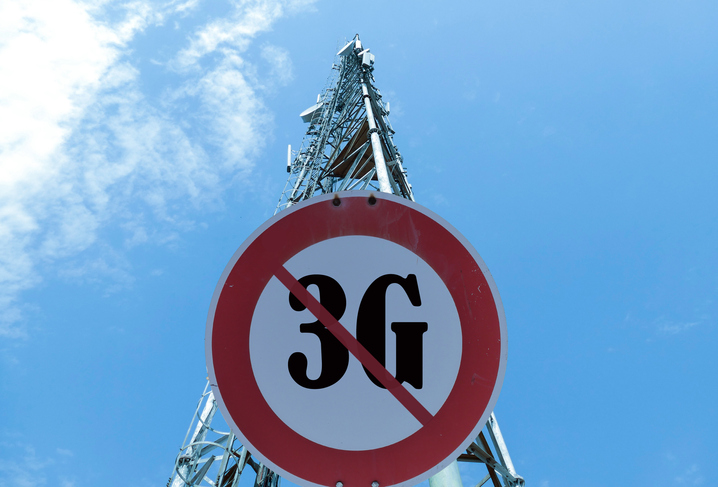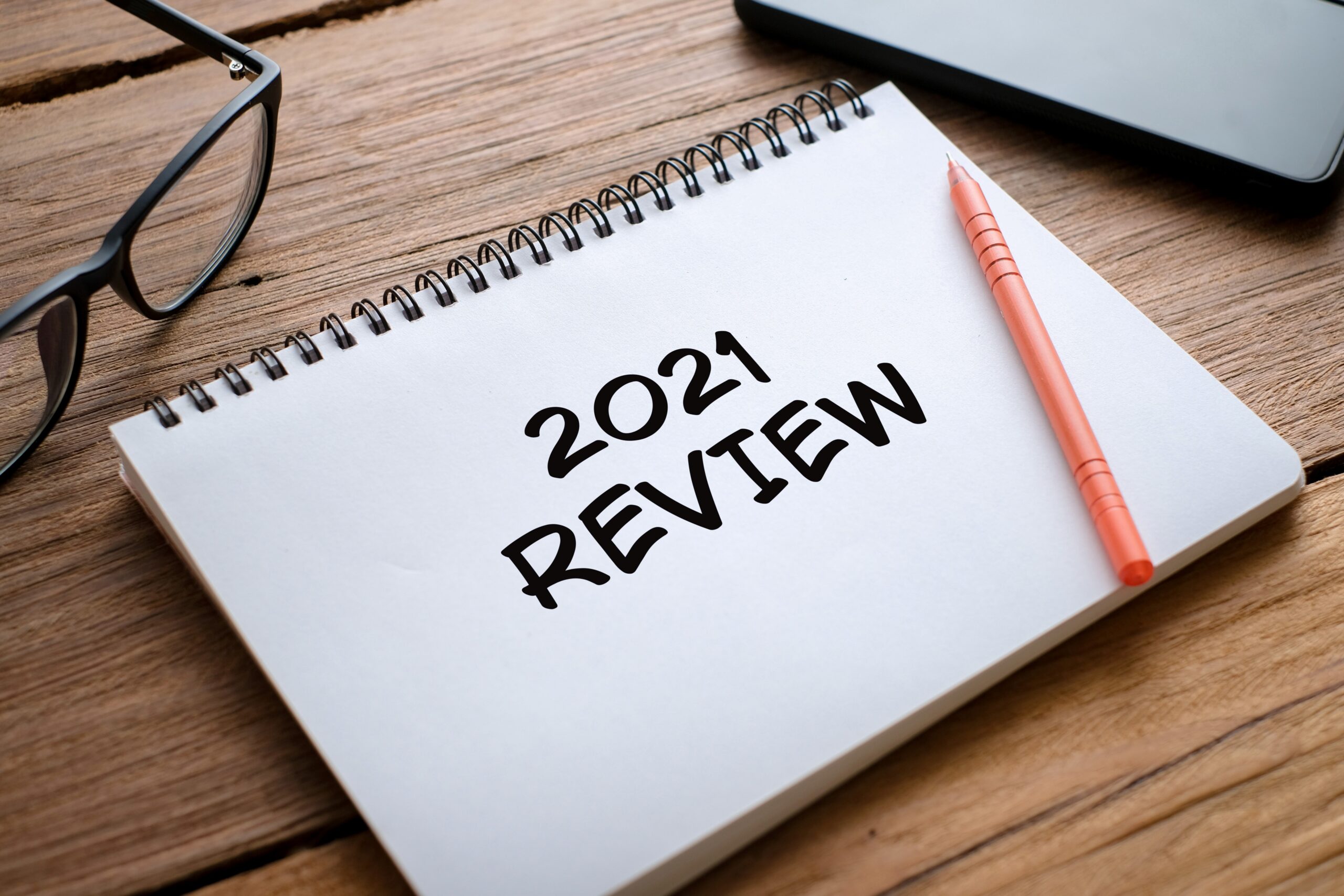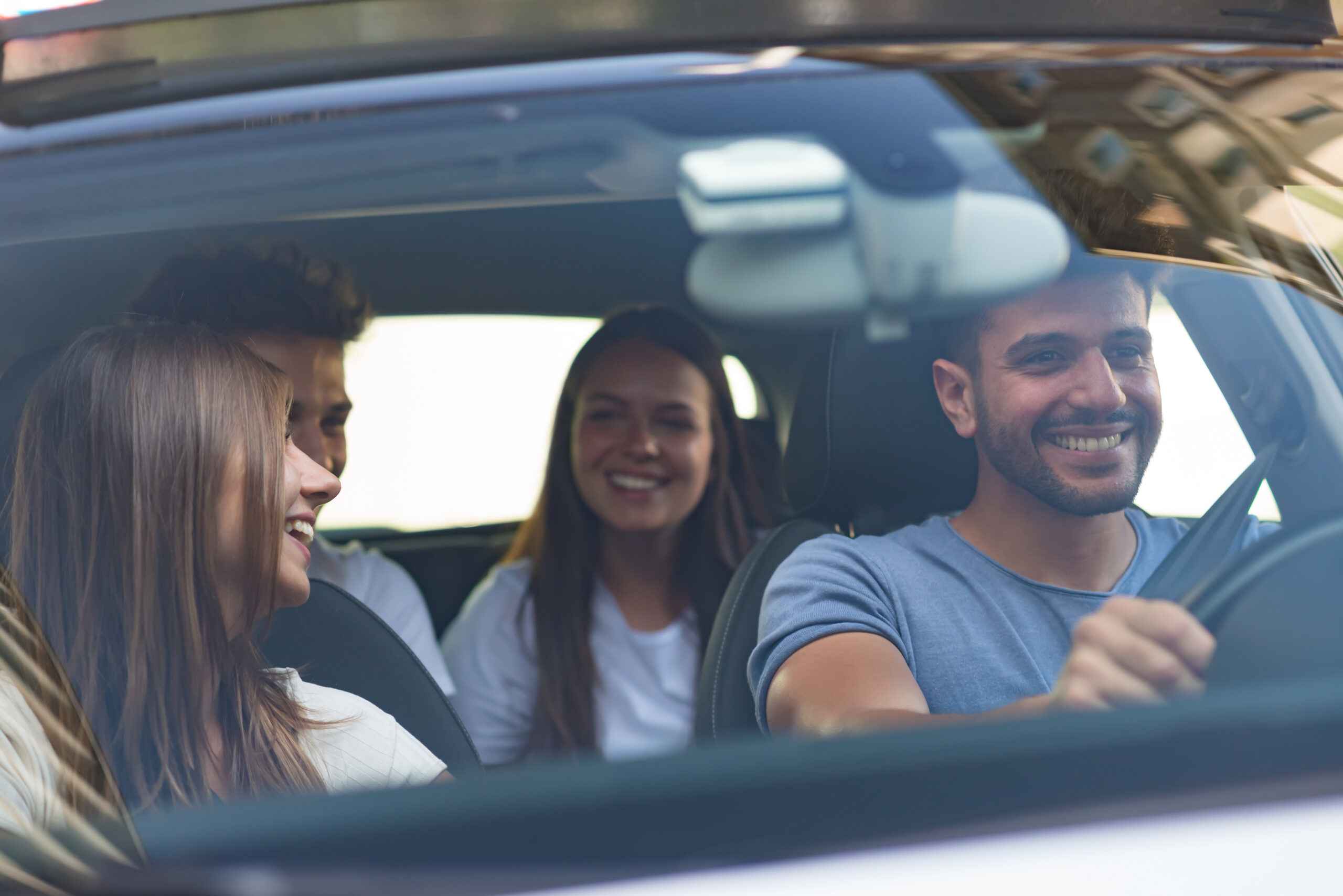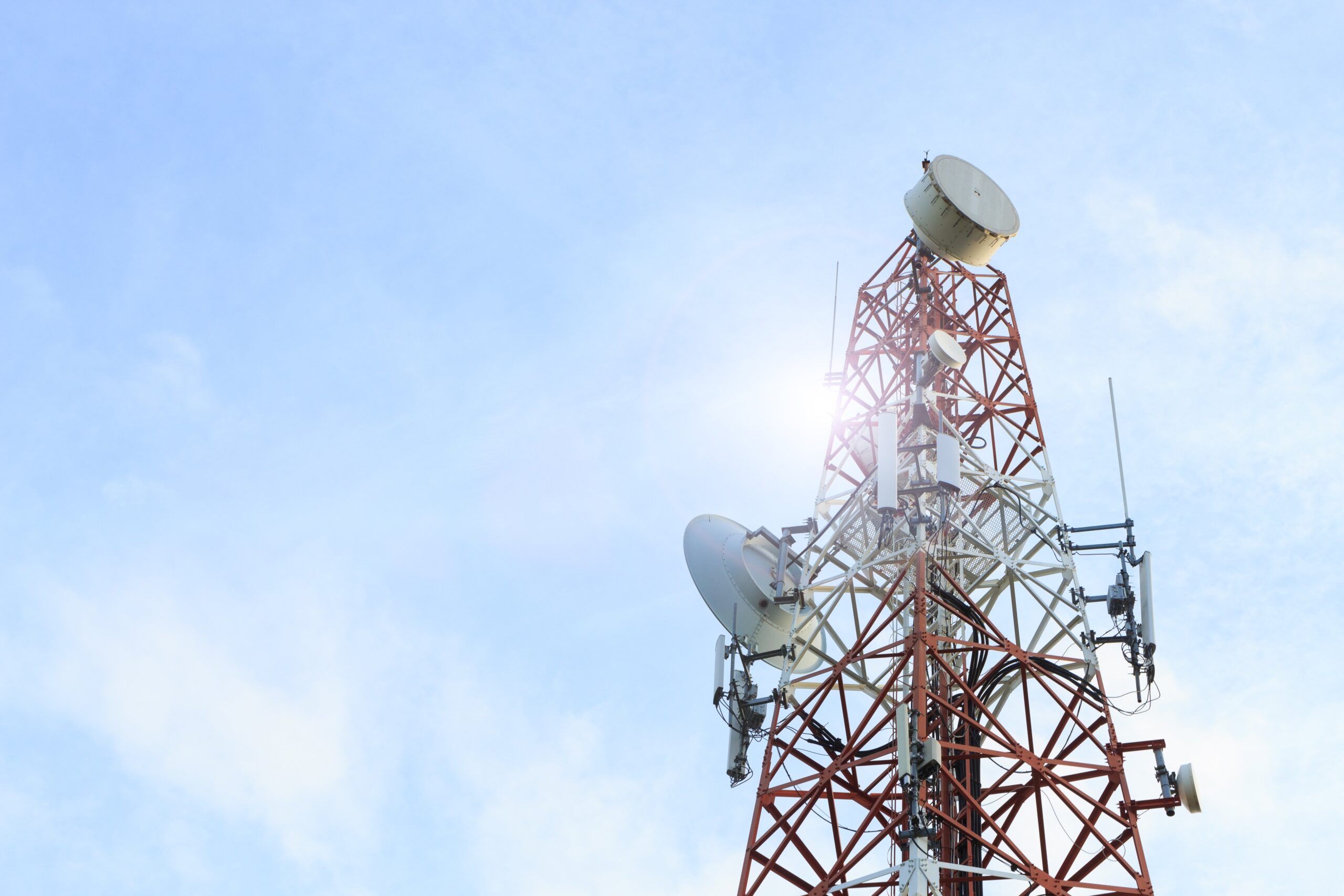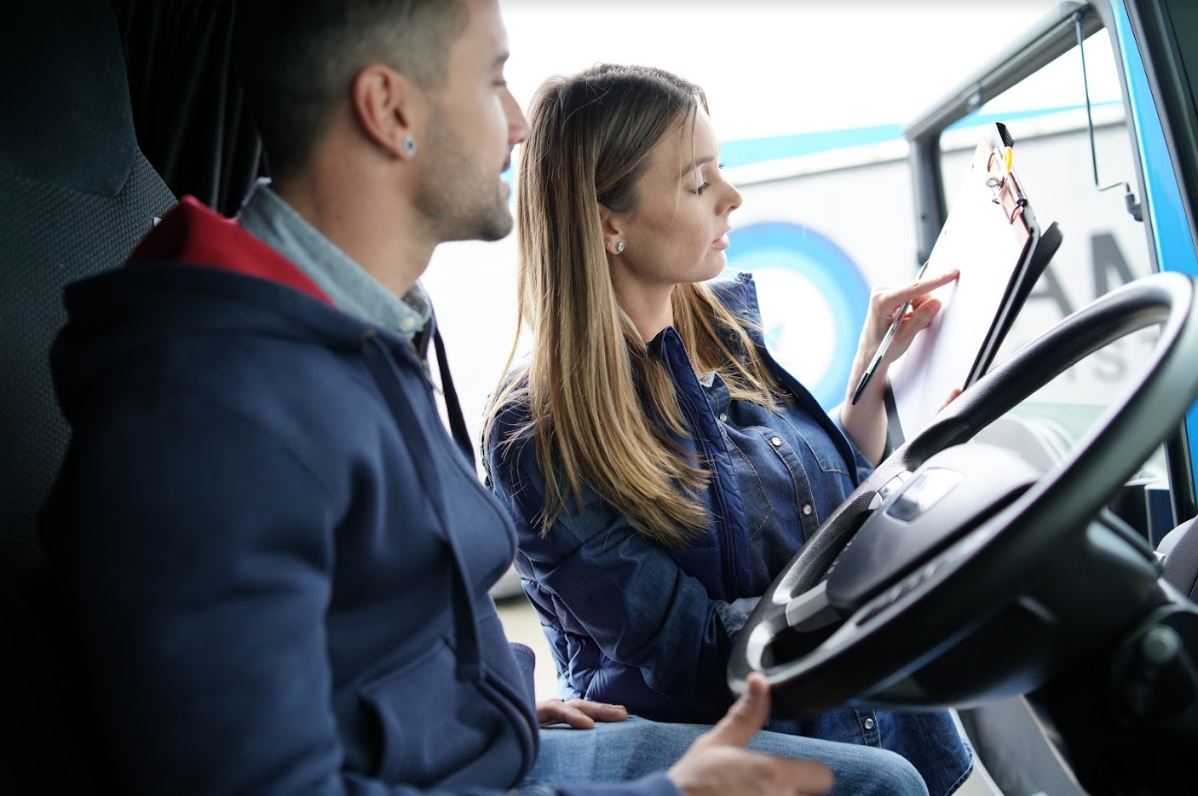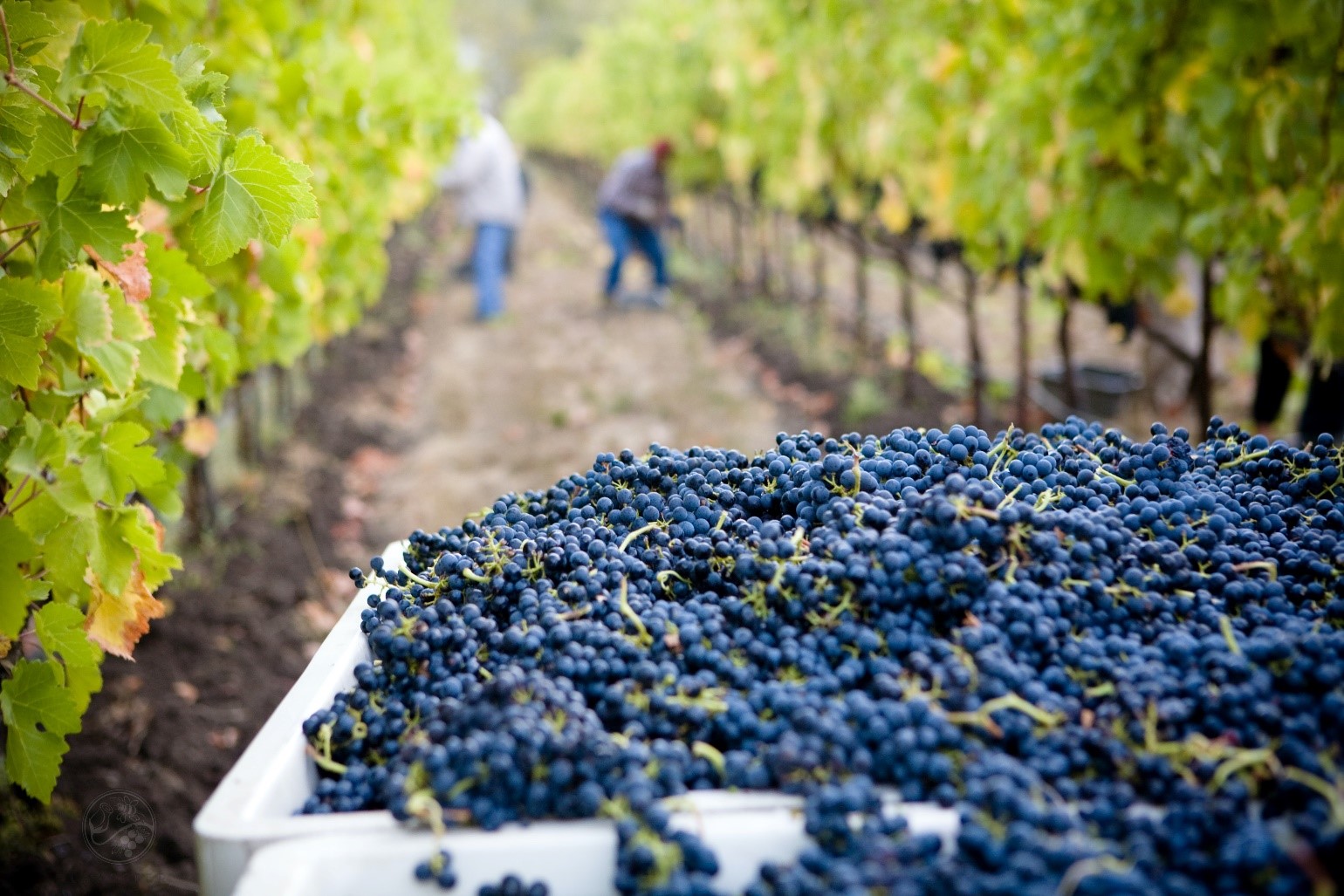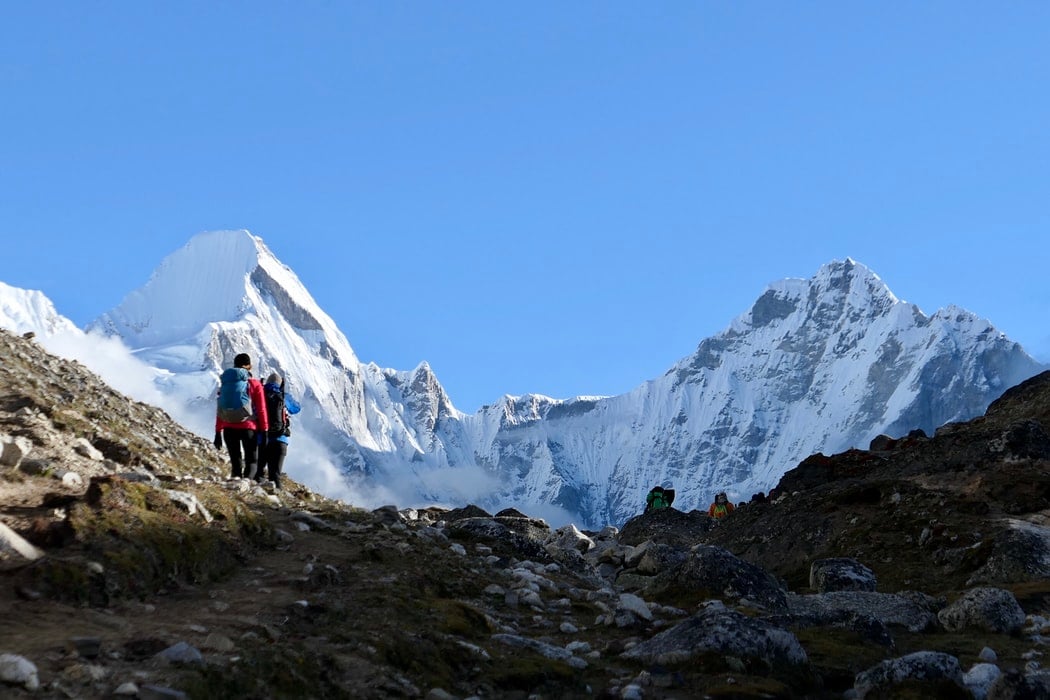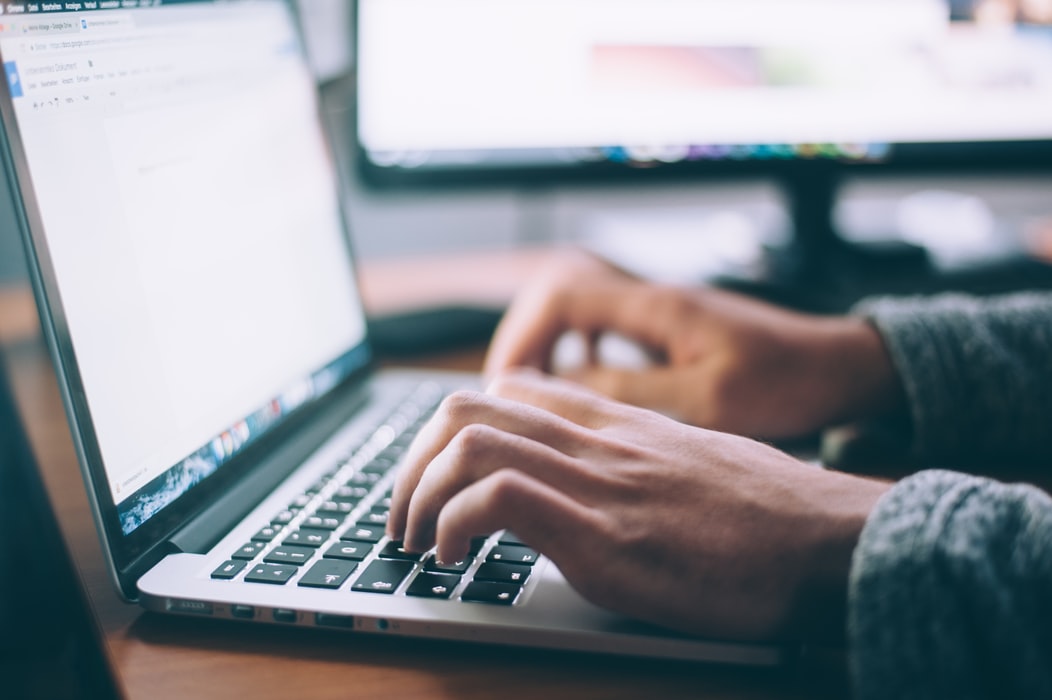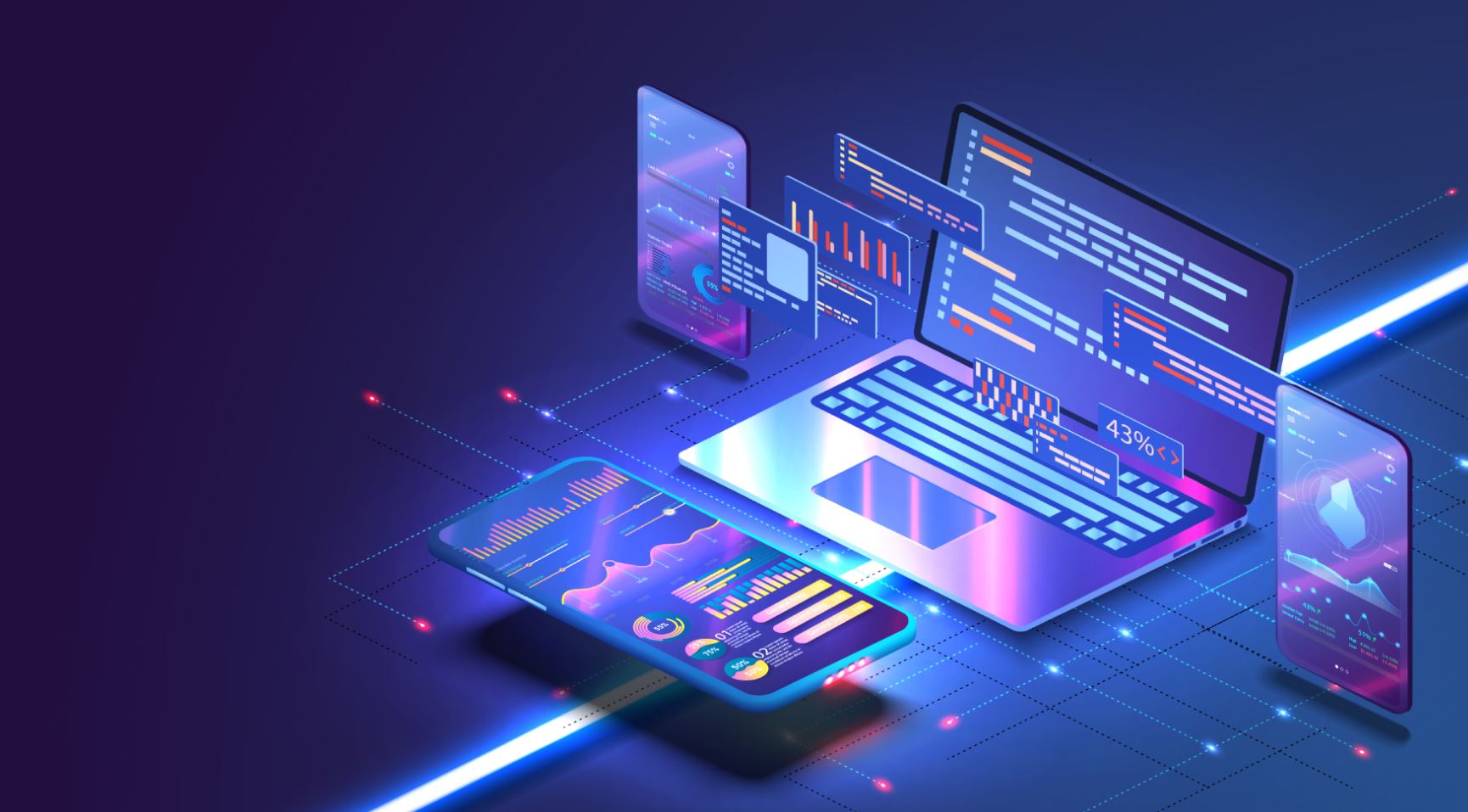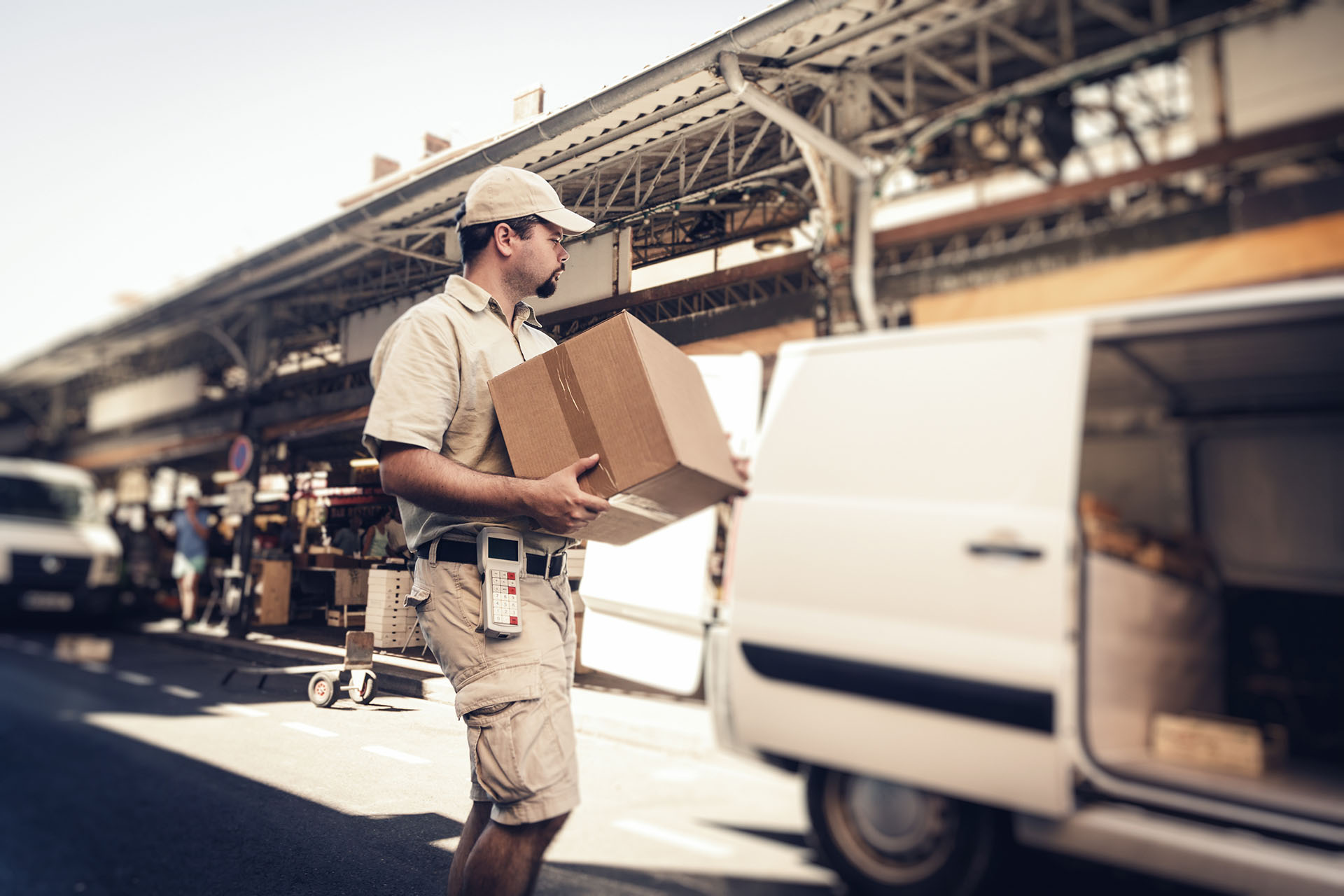Strategic initiatives like fleet electrification are becoming key to corporate sustainability programs, which are critical to meeting stakeholders’ expectations, including employees, customers, investors, and regulators. These groups often look for evidence that the companies and institutions they work with are living up to the carbon reduction and range claims they make in their marketing.
Companies worldwide, including PepsiCo, Loblaw, Nestle, Amazon and Orange have committed to net-zero carbon emissions between 2030 and 2050. For these reasons, it is critical for companies that rely on delivery vehicles to take action on strategies to combat climate change like making the transition to electric vehicles.
Fleet electrification has become an increasingly popular option for businesses looking to cut costs and reduce their carbon footprint. In this article, we’ll explain the benefits of switching to electric vehicles (EVs) for fleet owners, and why fleet electrification could benefit your business.
What is Fleet Electrification?
Fleet electrification is how organizations replace their internal combustion engine (ICE) powered vehicles with BEVs and plug-in hybrid electric vehicles (PHEVs). According to the U.S. Environmental Protection Agency, light-duty vehicles are responsible for 57 percent of carbon emissions and are generally the top priority for BEV replacement.
According to Kelley Blue Book, electric vehicle (EV) sales accounted for 5.8% of all new vehicle sales in the United States in 2022, an increase of 2.6% compared to two years ago. It is the first time U.S. EV sales topped 800,000 units. According to Statista, there were about 74,200 EVs sold in Canada in 2022, an increase of about 13% over 2021.
The adoption of electric heavy goods vehicles and commercial vehicles hasn’t been as popular. Charging infrastructure and new electric vehicle delivery are somewhat behind expectations. Only about 12% of fleets have already started on their electrification journey, yet 86% of fleets are still only considering transitioning to EVs.
The Benefits of Fleet Electrification
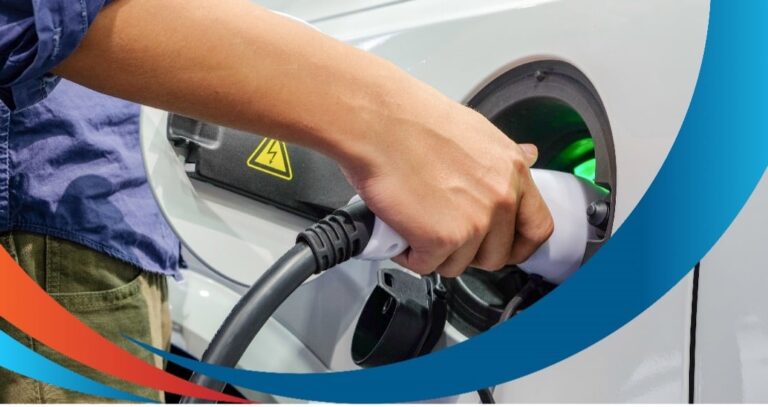
Reliability and productivity
Electric fleets are more reliable than gas-powered cars and trucks, resulting in less downtime due to service appointments. Electricity costs are controlled by domestic and local government agencies, not overseas consortiums. This enables North American and European government organizations to take back some control of transportation-related energy pricing.
EVs have fewer moving parts than internal combustion engine (ICE) vehicles, leading to reduced maintenance and energy costs. Additionally, electricity is often cheaper than gasoline or diesel, resulting in long term cost savings.
Fleet electrification helps businesses lower their carbon footprint by reducing greenhouse gas emissions and lowering air pollution. This supports corporate sustainability goals and contributes to cleaner air quality in cities.

Fleet Electrification Challenges
Fleet Electrification isn’t without it’s challenges. We’ve written about the significant considerations for fleet managers when deciding between ICE, Hybrid, or Electric Fleet Vehicles for their fleet.
Fuel conversion complexity, charging infrastructure deficiencies, vehicle upfront costs, delivery delays, and range anxiety all continue to deter fleet plans to replace gas-powered vehicles with EVs. Tesla has the largest charging network, although its stations were until recently equipped to be proprietary to its own vehicles. There is a brightening light at the end of the tunnel for many of these challenges.
How can businesses use fleet management platforms to transition their fleet to electric power over the long term?
Electric Autonomy Canada reports that charging infrastructure in the world’s largest country grew by 30% in 2022 at nearly 8,730 stations across Canada. Currently, the U.S. has about 53,000 charging stations, which is about one-third the number of fossil fuel stations.
The American government’s infrastructure bill included funding to improve the charging network, and they mandated that Tesla make its Level 3 supercharging stations compatible with all EVs.
Preparing to Onboard Electric Vehicles to Your Fleet
Successful fleet electrification initiatives require a great deal of planning and preparation. If you haven’t completed any or all these steps yet, give yourself a reasonable amount of time to accomplish them. A connected fleet management platform can also help fleet owners address many of these steps.
1. Evaluate your Operational Needs for BEV Suitability
Assess the required vehicle range to meet your passenger or cargo transportation needs compared to your current demands. The U.S. Department of Energy offers electric vehicle comparison data at FuelEconomy.org.
Many businesses are also taking a phased approach to EV adoption, such as assigning electric vehicles to their shortest routes and lightest loads. Industry analysts predict EVs will fall to price parity with ICE-powered vehicles, so many businesses are keeping a close eye on pricing relative to their long-term fleet electrification timeline.
EV purchase prices remain higher than ICE vehicles, and EVs depreciate faster than gas-powered counterparts. Yet when you take government incentives, reduced operating costs, reduced maintenance costs and overall total cost of ownership (TCO), we are closer to price parity than you might think.
2. Communicate with Your Utility, Local Government, and Drivers
Electric vehicles draw a considerable amount of energy from the local power grid infrastructure. It’s better to proactively inform your electricity supplier instead of surprising them by installing one or more electric charging stations on your property. Ask to meet with their experts about a charging schedule, any local charging vendors, and discuss your fleet electrification project plan with municipal leaders if you have a large fleet.
Many drivers have a lot of questions and range anxiety about shifting to EVs, especially in colder climates. Be sure to educate your driving team on how to perfect range in relation to climate conditions, and payload.
3. Fund and Purchase your First EVs
Delivery times for new BEVs can take more than twelve months, while rebates and incentive program applications can take about thirty days to process. Once you find suitable vehicles for your needs, be sure to have realistic expectations about when your business can take ownership of them.
4. Plan and Build your Charging Infrastructure
If your business plans to install EV chargers on your property, be sure to make arrangements for safety and environmental inspections. Work with your utility or preferred energy supply vendor to engineer your charging infrastructure and apply for construction permits. Identify off-site charging service providers and networks that are situated along your well-traveled routes.
5. Charging Site Activation and EV Onboarding
If you install charging stations on your property, be sure to keep in touch with your utility about your activation timeline. Not only will they have to inspect and power up your charging stations, but they will also need to ensure the local grid is prepared for the added load of your EV inventory relative to existing demand.
Fleet Electrification and Sustainability Programs
A fleet management platform is an ideal way for enterprises to monitor how their fleet electrification efforts impact their carbon reduction and overall sustainability programs.
How Can Electrifying Your Fleet Increase Employee Satisfaction?
The United Nations cites corporate sustainability as increasingly important for attracting employment candidates and increasing the engagement and productivity of existing employees, especially Gen Z and millennials.
Government Financial Incentives
Governments in the United States, Canada and beyond are offering incentives that include tax credits and rebates:
- The US Inflation Reduction Act provides federal 45W income tax credits for qualified commercial clean vehicles between now and the end of 2032.
- Canadian businesses that purchase zero-emission vehicles (ZEVs) are eligible for rebates and incentives from the federal government, which can be combined with provincial incentives. ZEVs include BEVs, PHEVs and hydrogen fuel cell vehicles. These incentives are available for passenger vehicles, trucks, and buses up to Class 8 fuel cell EVs.
How Can Telematics Play a Role in Fleet Electrification?
Here are some of the ways telematics can support fleet electrification:
As charging infrastructure improves, battery range improves, and EVs are equipped to be more resilient against changing climate conditions. fleet electrification rates are sure to accelerate. Despite inflation rates, industry analysts predict EV price parity over the next few years. In the meantime, here is how your business can leverage connected fleet technologies like Unity and VisionAI Hub.
1. Vehicle location and utilization monitoring: Fleet management technology can provide real-time data on electric vehicle performance, including battery life and charging status. This data can be used to optimize vehicle usage, inform which vehicles are assigned to local and long-distance routes, and create charging schedules. These actions can help improve fleet efficiency and reduce costs.
2. Driver behavior monitoring: Fleet management technology can monitor driver behavior, such as excessive idling, harsh braking, and acceleration, which can all affect the range of electric vehicles. In driver coaching sessions, fleet managers can encourage more sustainable driving habits and improve the efficiency of the electric vehicles.
3. Vehicle safety: Many EVs are also equipped with advanced driver assistance systems (ADAS) like lane detection and detection of events such as tailgating. Even your fleet vehicles don’t have any kind of autonomous or assisted driving technology like many EVs do, AI-powered fleet dash cams can provide that functionality and record any safety related incidents along the journey.
4. Carbon footprint tracking: Connected fleet platforms can monitor the fleet’s cumulative carbon footprint. That includes the emissions from both ICE-powered and electric vehicles and the energy used to power them. This can help fleet managers understand the environmental impact of their operations and make data-driven decisions to reduce their CO2 emissions.
Fleet management technology can help businesses overcome some of the challenges of electrification, such as range anxiety, driver behaviors, and speed the transition to a more sustainable fleet future. If your business is looking for a solution to ease the transition to electric vehicles, contact us.










